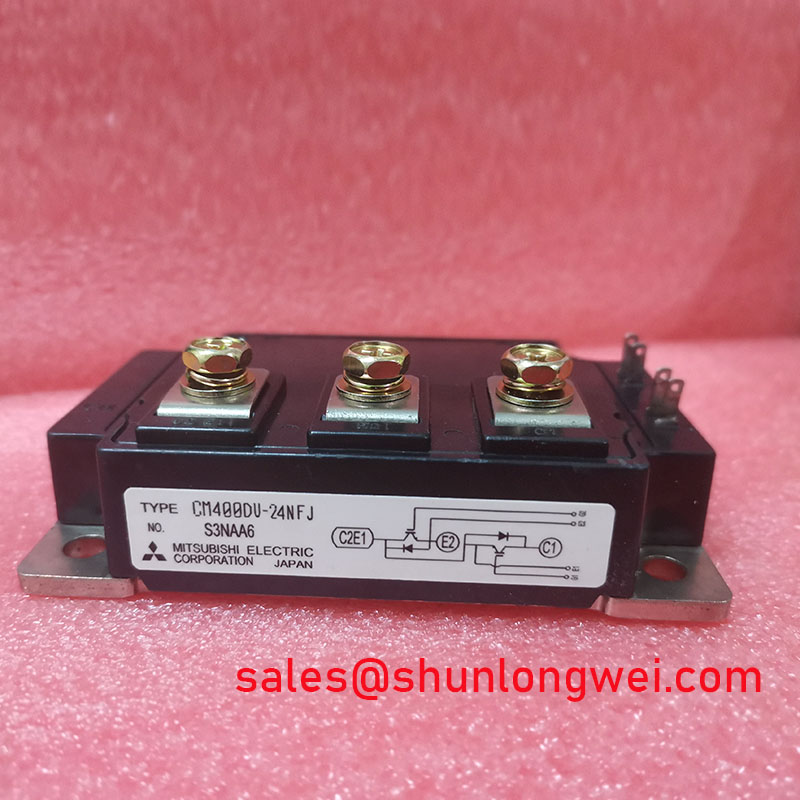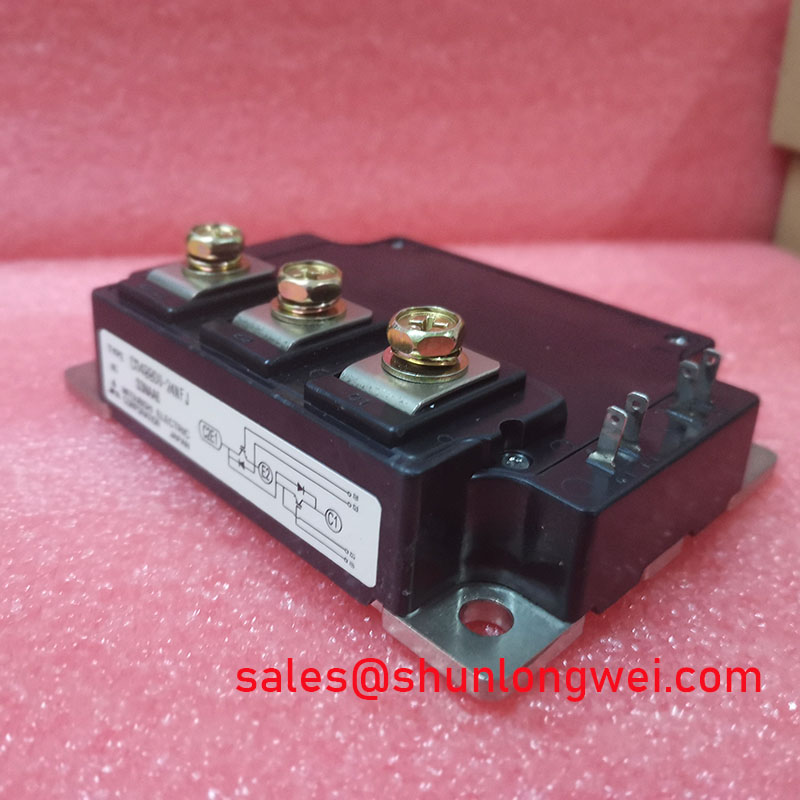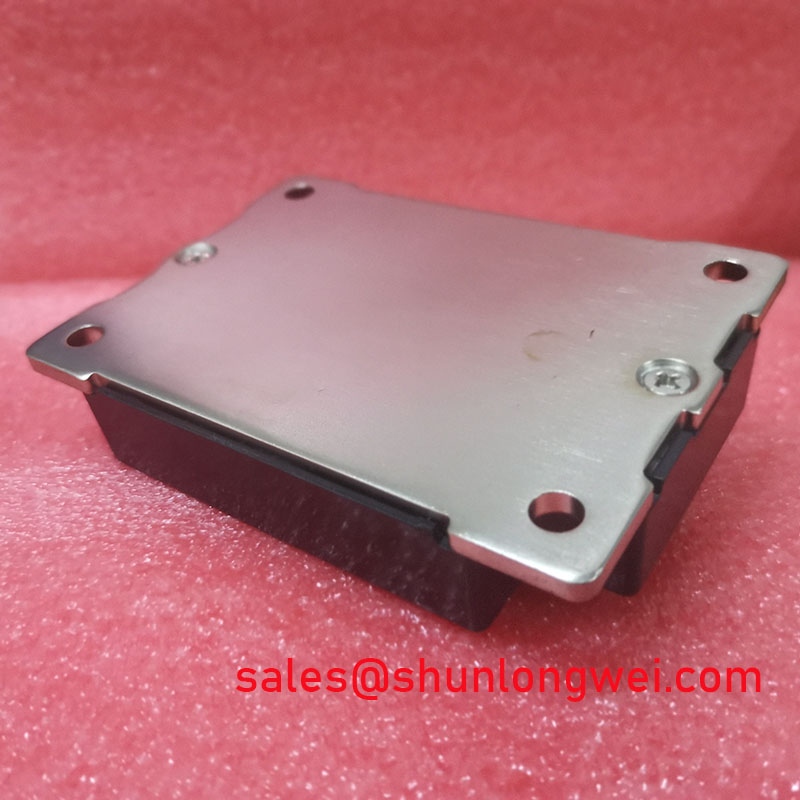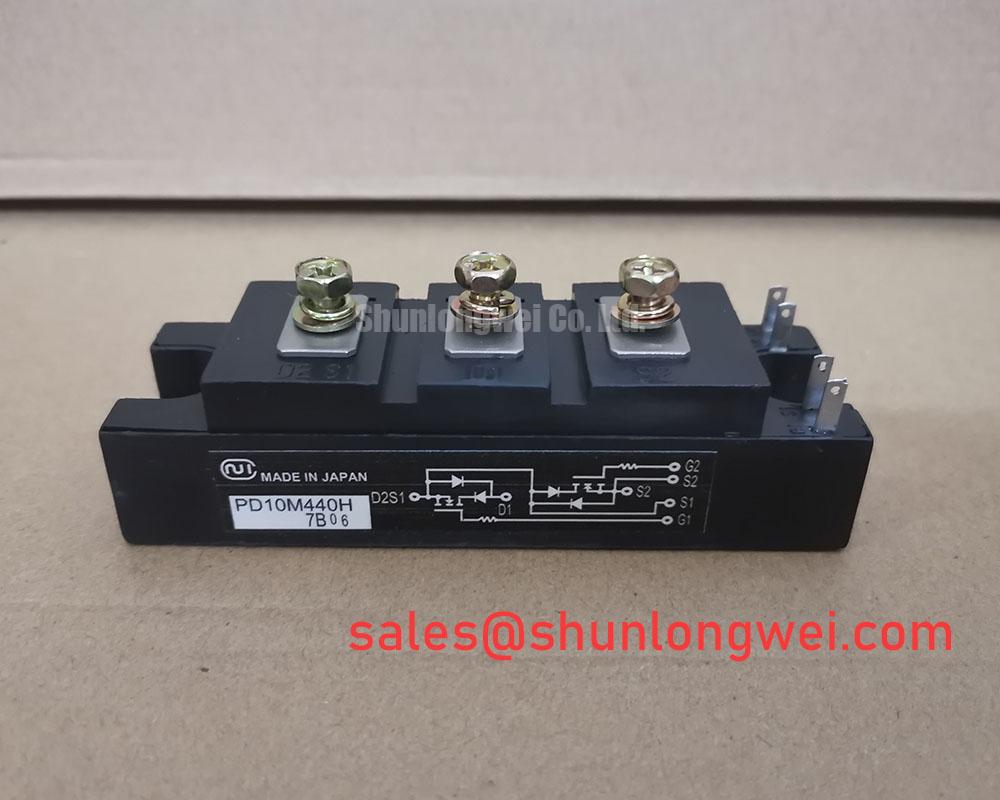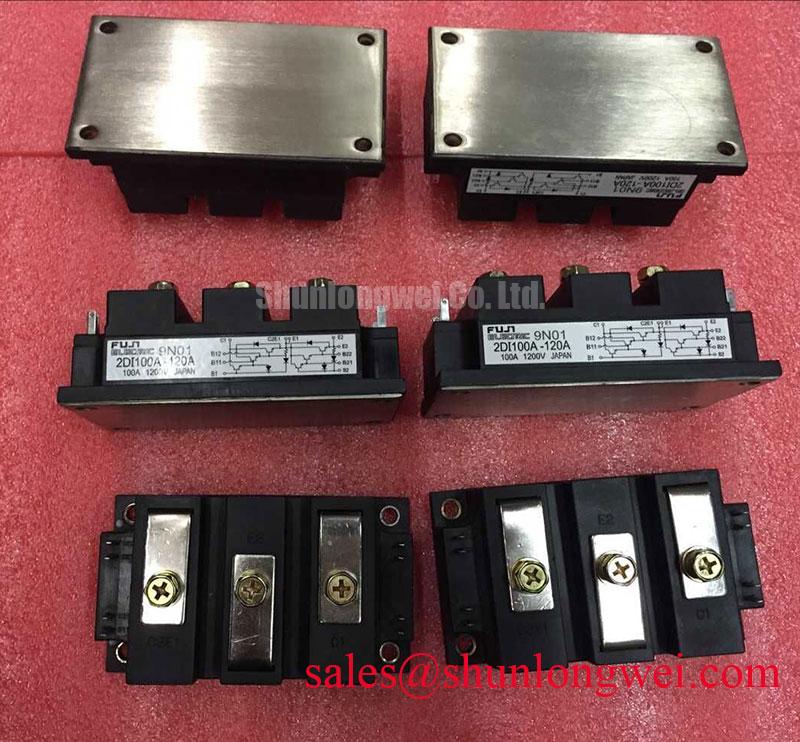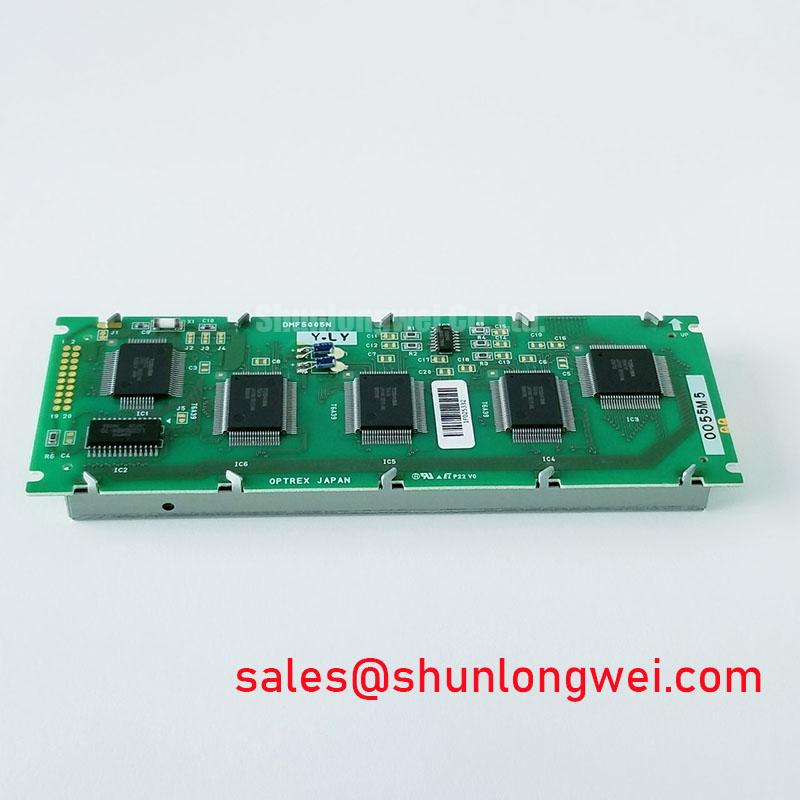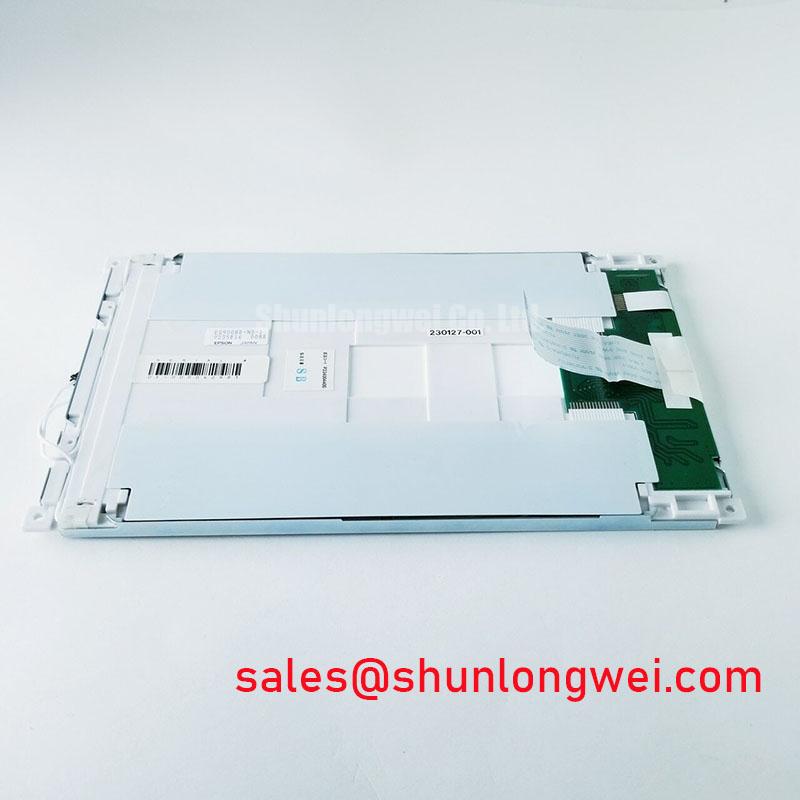CM400DU-24NFJ Dual IGBTMOD™ NFJ-Series Module
Content last revised on October 28, 2025.
Product Overview: A High-Frequency Switching Specialist
The CM400DU-24NFJ is a high-performance dual IGBT module from the NFJ-Series, engineered to deliver exceptional efficiency in high-frequency power conversion systems. It integrates two IGBTs in a half-bridge configuration, providing a robust solution rated for 1200V and 400A. Key benefits include minimized switching losses and simplified thermal management due to its isolated baseplate design. This module directly addresses the challenge of achieving high efficiency in demanding applications like industrial welders and induction heaters operating at elevated frequencies. For systems requiring a higher continuous current, the related CM600DX-24T offers a 600A capability within a similar voltage class. With its specified performance for hard switching up to 30 kHz and soft switching up to 70 kHz, this module is the optimal choice for power supply designs prioritizing low energy dissipation and high operational speed.
Application Scenarios & Value
Achieving System-Level Benefits in High-Speed Power Conversion
The CM400DU-24NFJ is purpose-built for applications where switching speed is a critical design parameter. In systems such as high-frequency Welding Power Supply units and induction heating equipment, high operating frequencies allow for smaller magnetic components, leading to a more compact and cost-effective overall system. The primary engineering challenge in these designs is managing the switching losses (Eon/Eoff), which increase with frequency and can lead to significant thermal issues.
This module directly confronts this challenge through its optimized design for low switching energy (Esw). This characteristic means that less energy is dissipated as heat during each on-off transition. Imagine a tollbooth on a highway: a module with high switching losses is like a slow, inefficient toll collector, causing traffic (current) to back up and generating friction (heat). The CM400DU-24NFJ, in contrast, acts like an automated, high-speed toll lane, allowing current to flow with minimal disruption and heat generation. This efficiency is critical for maintaining reliability in power systems that are part of a larger Servo Drive or automated industrial process, ensuring consistent performance without excessive cooling requirements.
Key Parameter Overview
Decoding the Specs for High-Frequency Reliability
The technical specifications of the CM400DU-24NFJ are tailored to provide reliability and performance under demanding, high-frequency conditions. The parameters below highlight the module's capacity to handle significant power while maintaining thermal stability and efficient switching.
| Parameter | Symbol | Value | Conditions |
|---|---|---|---|
| Absolute Maximum Ratings (Tj = 25°C) | |||
| Collector-Emitter Voltage | VCES | 1200V | - |
| Collector Current (DC) | IC | 400A | TC = 25°C |
| Pulsed Collector Current | ICM | 800A | - |
| Maximum Power Dissipation | PC | 2500W | Per IGBT |
| Junction Temperature | Tj | -40 to +150°C | - |
| Electrical Characteristics (Tj = 25°C) | |||
| Collector-Emitter Saturation Voltage | VCE(sat) | 3.2V (Typ) / 4.0V (Max) | IC = 400A, VGE = 15V |
| Thermal Characteristics | |||
| Thermal Resistance (Junction to Case) | Rth(j-c) | 0.05 °C/W | IGBT Part |
| Thermal Resistance (Junction to Case) | Rth(j-c) | 0.10 °C/W | FWDi Part |
This table presents a selection of key parameters. For comprehensive details, including performance curves and application notes, it is essential to consult the official documentation.
Download the CM400DU-24NFJ datasheet for detailed specifications and performance curves.
Frequently Asked Questions (FAQ)
How does the module's design for 30-70 kHz operation benefit my application?
Operating efficiently at these high frequencies, as stated in the Mitsubishi Electric documentation, allows for the use of smaller inductors and capacitors in the power circuit. This directly contributes to reducing the physical size, weight, and overall cost of systems like high-frequency power supplies and industrial inverters.
What is the significance of the low thermal resistance (Rth(j-c)) of 0.05 °C/W for the IGBT?
This low thermal resistance value indicates a highly efficient thermal path from the IGBT chip to the module's baseplate. A lower Rth(j-c) means heat is evacuated more effectively, resulting in a lower junction temperature for a given power dissipation. This is crucial for long-term reliability, as it reduces thermal stress and allows for smaller, more cost-effective heatsink solutions, thereby improving the power density of the final system design.
Strategic Advantage in Industrial Systems
Enhancing Power Density and System Reliability
The strategic value of the CM400DU-24NFJ lies in its ability to enable more compact and reliable power electronics. In the context of industrial automation and advanced manufacturing, there is a persistent drive to increase the power density of equipment such as motor drives and power supplies. By minimizing switching losses, this module reduces the thermal burden on the system, which is often a primary limiting factor in power density. A lower heat load allows engineers to design more compact cooling systems or push for higher power output within an existing form factor. This capability is essential for developing next-generation, high-performance industrial equipment that meets modern demands for both efficiency and a reduced physical footprint. The module's robust half-bridge configuration also offers a reliable building block for three-phase Variable Frequency Drive (VFD) systems, simplifying design and improving field reliability.

